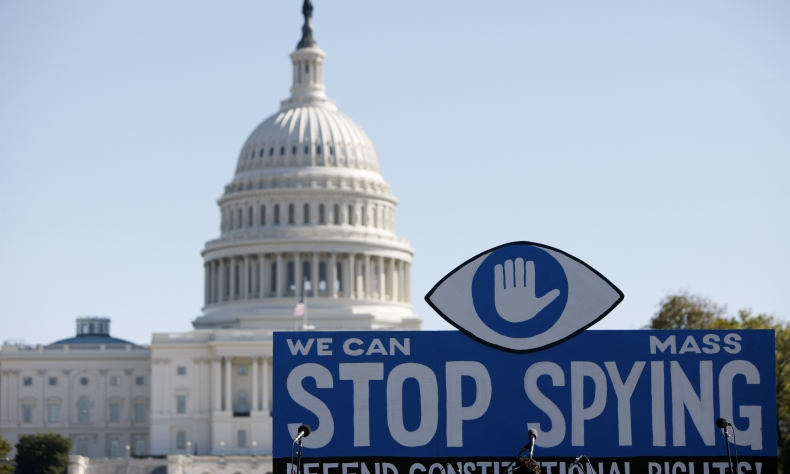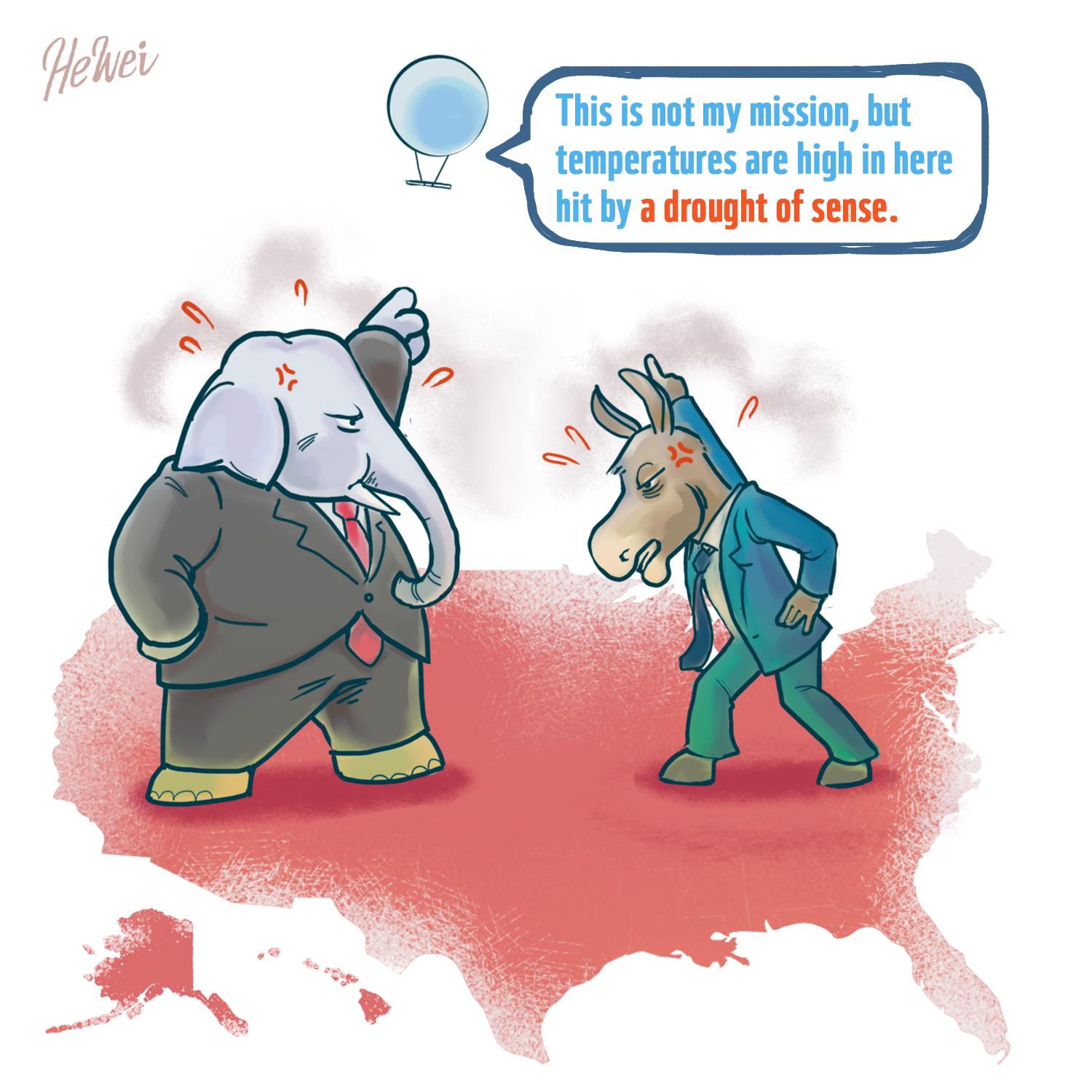Who’s Surveilling Whom?

This time, U.S. protests over the Chinese balloon appear to be a case of the wolf who cried wolf.
More than 2 weeks since China’s wandering balloon entered U.S. airspace, the discussion is still not over. However, the truth may have already been uncovered by American media: the U.S. had been surveilling the high-altitude balloon from the day it took to the skies, and when the balloon deviated due to force majeure, the U.S. may have known even earlier than China did.
According to reports from mainstream media such as the Washington Post and The New York Times on February 15, the U.S. agencies tracked the balloon as it launched from China’s Hainan Island. The U.S. believed the balloon would fly normally from west to east, but a “strong cold front that had unleashed exceptionally frigid air over northern China, the Korean Peninsula, and Japan” forced the balloon to gain speed and rapidly veer north around January 24, causing it to float over the U.S.’s Aleutian Islands on January 28.
At this time, the self-destruct function of the balloon had not been activated. The New York Times believes that it might be that the Chinese operator did not want to destroy the balloon, or that the self-destruction mechanism failed to trigger. But in any case, after the balloon crossed Canada and re-entered U.S. airspace on February 1, it caused a serious diplomatic crisis between the two countries.
“The China balloon confrontation may have started as a mistake,” wrote Olivier Knox and Caroline Anders, anchor and researcher for the Daily 202, newsletter of the Washington Post. They argued that China’s earliest statements about the balloon having deviated far from its planned course due to unexpected weather “may be at least partially true,” but the U.S. government did not deliver the correct information to the public promptly.
It is precisely because the U.S. government deliberately concealed the facts that it has aroused panic among the American people and made the “China threat theory” once again run rampant in the States. U.S. Secretary of State Anthony Blinken’s first visit to China, scheduled for February 5, was postponed.

If these reports are authentic, then the strong surveillance capabilities of the U.S. over China become a major point. American politicians continue to assert that it was “China’s spy balloon” that was shot down on February 4, but it seems that the balloon had been closely monitored by the U.S. since its launch in Chinese territory, and even the trajectory of the balloon was being closely monitored.
Who is surveilling whom?
It is an open secret that the U.S. conducts ubiquitous surveillance of other countries. In 2013, the confidential documents released by former CIA technical analyst Edward Snowden showed that the U.S. monitored the phone conversations of 35 world leaders and collected some five billion records a day on the location of mobile phones globally; according to American investigative journalist Glenn Greenwald in his 2014 non-fiction book No Place to Hide: Edward Snowden, the NSA, and the U.S. Surveillance State, the U.S. military and government cyber agencies are capable of stealing more than 97 billion pieces of global internet data and 124 billion phone records every 30 days; on February 13 this year, the Chinese Ministry of Foreign Affairs released a set of data showing that in 2022 alone, the number of U.S. warships and fighter planes approaching China for reconnaissance reached 657 sorties, and U.S. high-altitude balloons illegally flew over Chinese airspace in Xinjiang, Tibet, and other places over 10 times.
The U.S. government, of course, has always denied these facts. But this time, U.S. protests over the Chinese balloon appear to be a case of the wolf who cried wolf.
 Facebook
Facebook
 Twitter
Twitter
 Linkedin
Linkedin
 Google +
Google +










